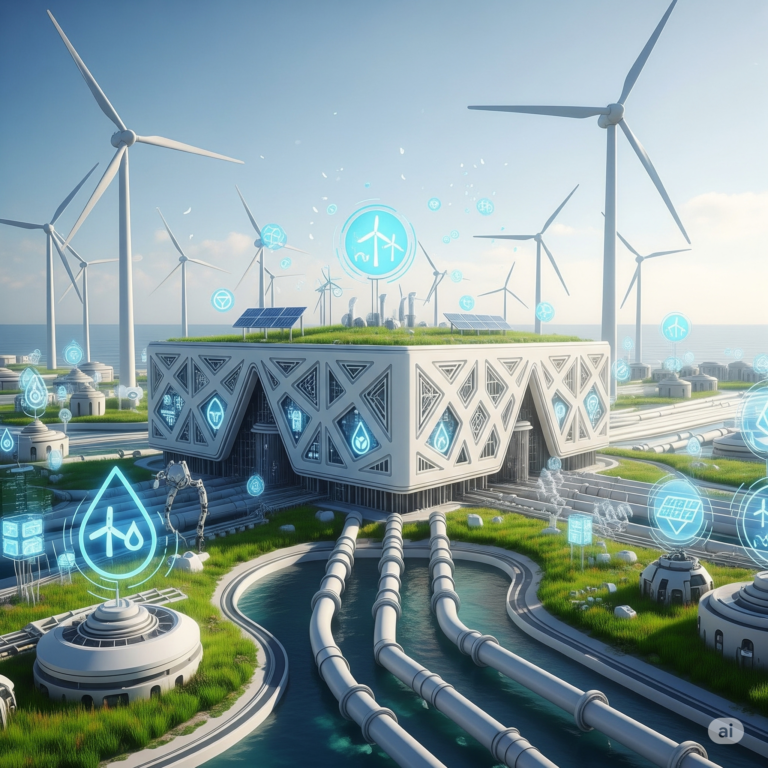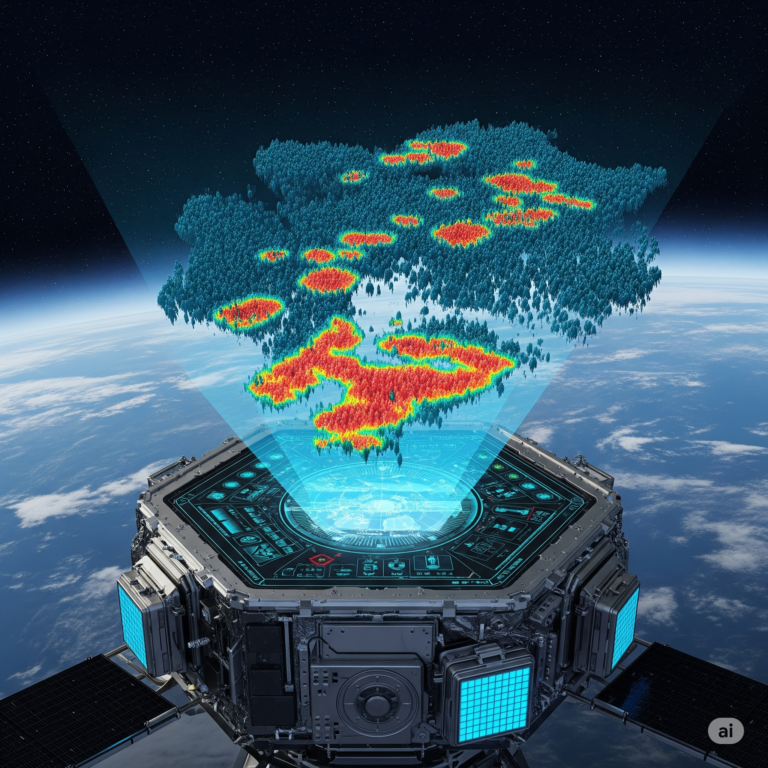Electric vehicles (EVs) have taken center stage in the global push towards decarbonization and sustainable mobility. With countries setting ambitious targets to phase out internal combustion engines, the demand for efficient, reliable, and eco-friendly battery technologies has skyrocketed. At the heart of this technological transformation lies a critical material: graphite. Traditionally sourced from mining, graphite forms a key component of the lithium-ion batteries that power EVs. However, concerns around the environmental impact of mining and geopolitical dependencies have sparked interest in alternative sources. Enter biographite—a renewable, sustainable, and promising alternative poised to reshape the future of electric transportation.
What is Biographite?
Biographite is a form of synthetic graphite derived from biomass rather than mined from natural deposits. It is produced by thermochemically converting organic matter, such as agricultural waste, lignin (a byproduct of the paper industry), or other bio-based feedstocks, into high-purity carbon material. This process significantly reduces the carbon footprint and environmental impact associated with traditional graphite mining and processing.
The Science Behind Biographite Production
- Biomass Selection: The quality of biographite begins with the selection of raw materials. Agricultural residues, wood chips, or even algae can be used.
- Pyrolysis: The biomass undergoes pyrolysis, a thermal decomposition process in an oxygen-free environment that breaks down the organic material into biochar.
- Activation and Purification: The resulting carbon-rich material is treated to increase its surface area and remove impurities.
- Graphitization: A high-temperature treatment (above 2500°C) transforms the biochar into graphite-like structures, resulting in biographite.
Advantages of Biographite Over Traditional Graphite
- Environmental Sustainability: Utilizes renewable resources and reduces reliance on environmentally harmful mining practices.
- Lower Emissions: The biographite production process emits fewer greenhouse gases.
- Supply Chain Security: Reduces dependency on geographically limited natural graphite sources (e.g., China).
- Performance Benefits: Ongoing research suggests biographite can match or even exceed the electrochemical performance of natural graphite.
Biographite in EV Batteries: A Game Changer
- Anode Material Replacement: Graphite is used in the anode of lithium-ion batteries. Biographite can serve the same purpose with potentially enhanced sustainability and efficiency.
- Compatibility: Biographite integrates seamlessly with current battery manufacturing processes.
- Cycle Life and Performance: Early studies show biographite offers competitive cycle life, energy density, and conductivity.
- Scaling Potential: With the right infrastructure, biographite production can scale rapidly to meet growing EV demand.
Current Research and Industry Adoption
- Academic Studies: Universities and research labs globally are investigating ways to optimize biographite’s properties.
- Startup Innovation: Several green-tech startups are focusing on biographite production at scale.
- Automaker Interest: Major EV manufacturers are exploring sustainable battery supply chains, including biographite.
- Government Incentives: Policies promoting green materials and local sourcing are accelerating adoption.
Challenges and Limitations
- High Production Costs: The thermochemical conversion process is still expensive compared to mining.
- Energy Intensity: Graphitization requires very high temperatures, demanding significant energy.
- Consistency and Purity: Ensuring uniformity in large-scale production is technically challenging.
- Market Readiness: Industrial-scale production is still in early stages.
Future Outlook: Biographite’s Role in Decarbonizing Transportation
As EV adoption accelerates, sustainable material sourcing will become a critical factor. Biographite represents a crucial step toward circular and renewable material usage in high-tech industries. Innovations in biographite synthesis, combined with supportive policies and investments, could position it as a key enabler of next-generation EV batteries. Moreover, the localization of biographite production offers economic and strategic benefits for nations seeking to reduce import dependency.
Conclusion: Green Batteries for a Green Future
Biographite embodies the kind of innovation needed to address both the technological and environmental challenges of the EV revolution. While obstacles remain, the potential rewards are immense. From reducing emissions and diversifying supply chains to enabling high-performance batteries, biographite may well become the unsung hero of sustainable mobility.
Key Takeaways
- Biographite is a sustainable, biomass-derived alternative to mined graphite.
- It offers environmental, economic, and technical advantages for EV battery production.
- Research and industry interest in biographite is growing rapidly.
- Challenges remain in scaling and cost, but the future potential is significant.









+ There are no comments
Add yours